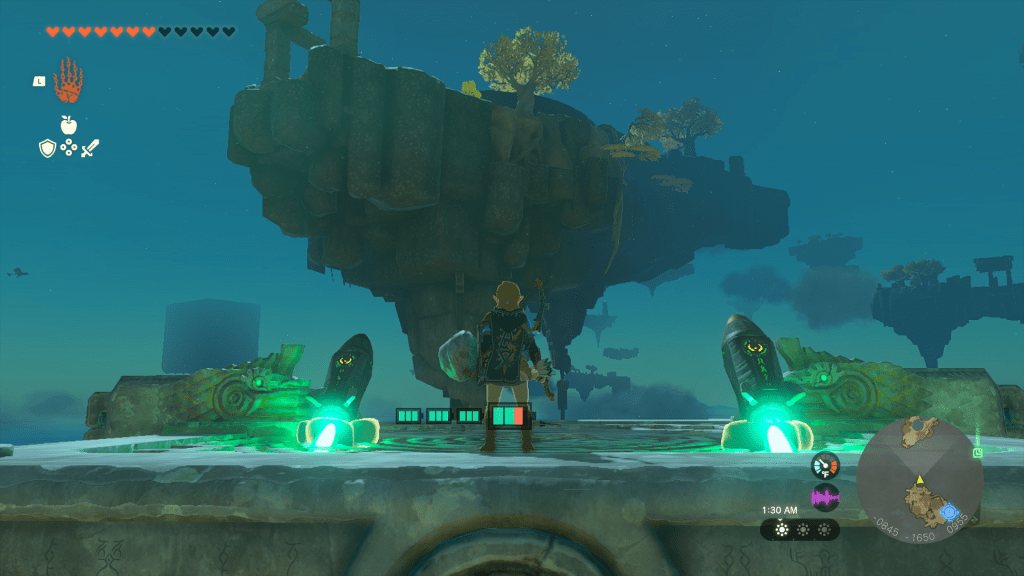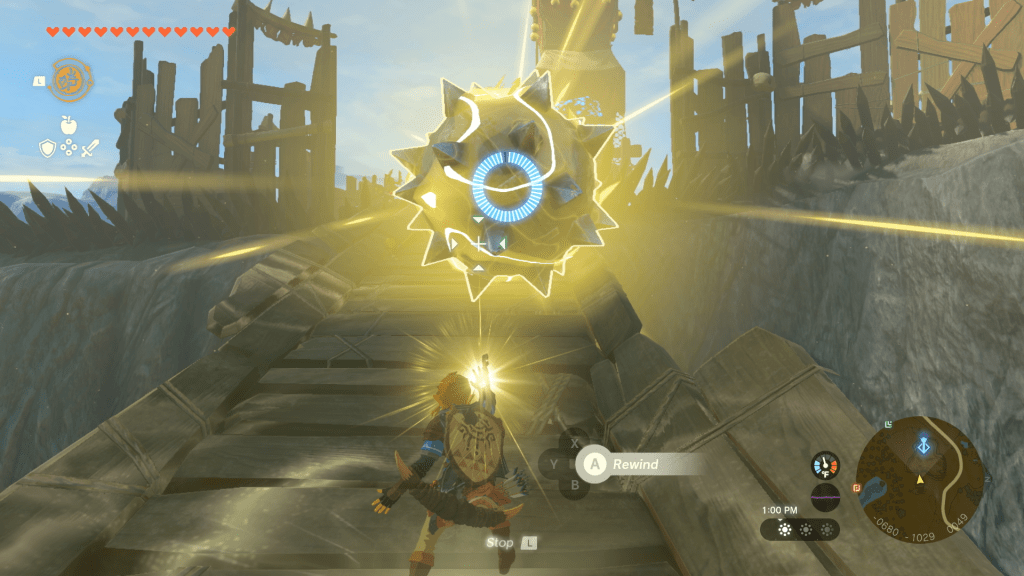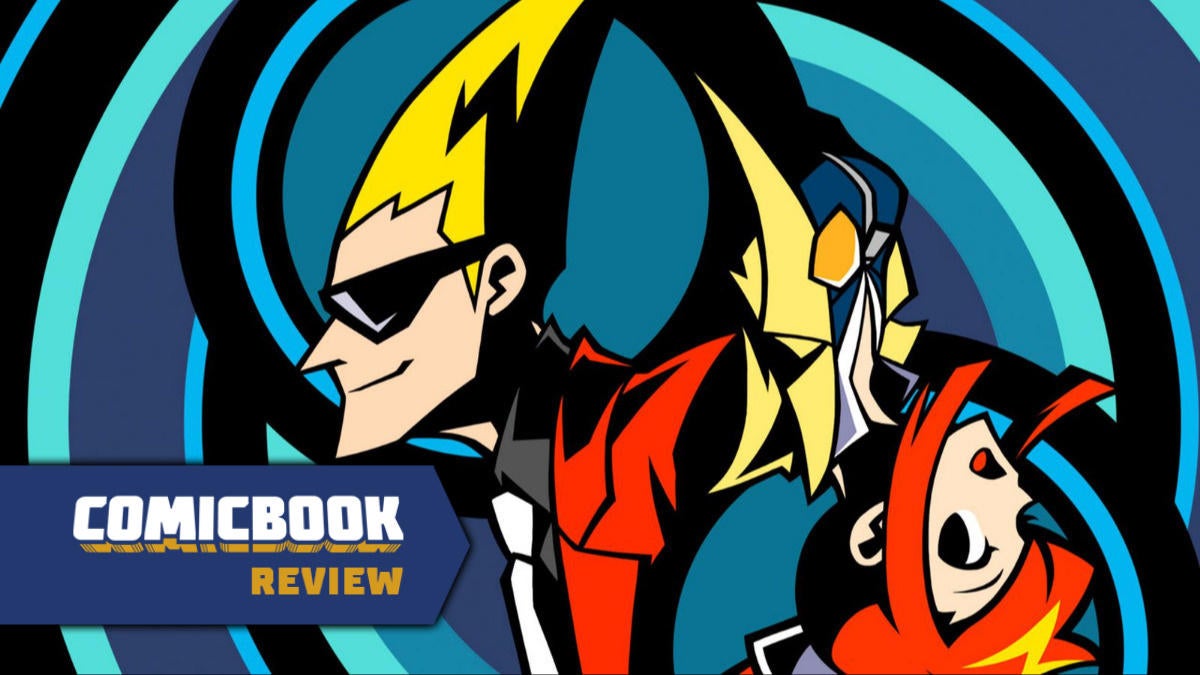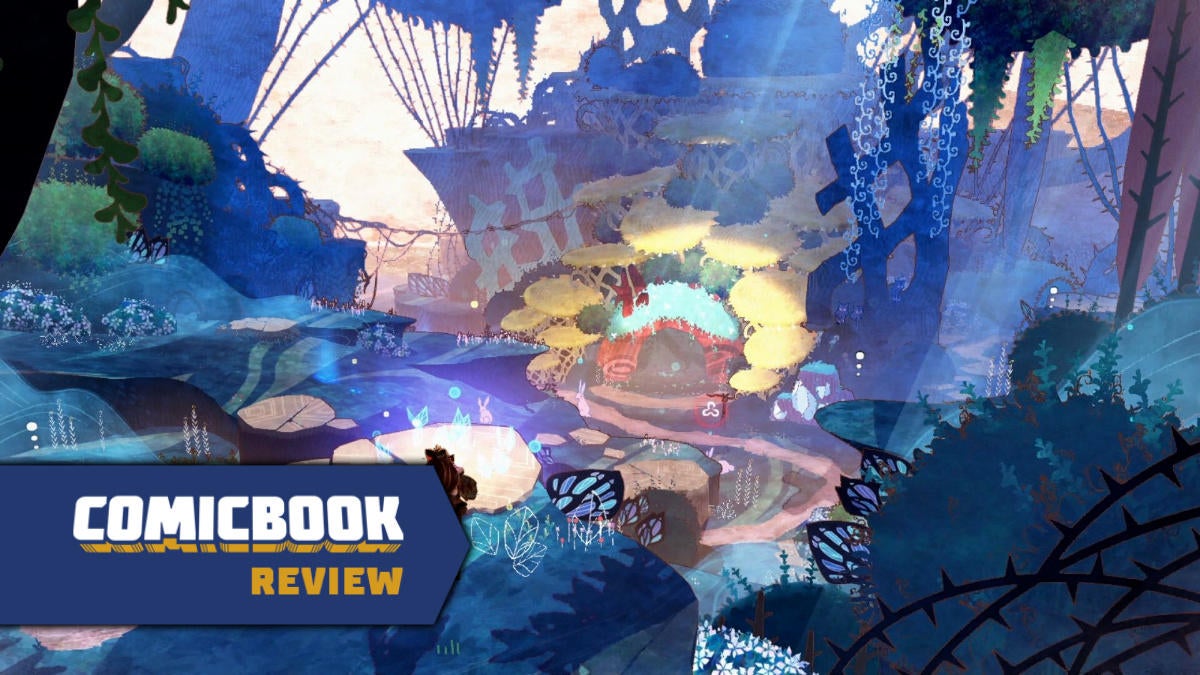The Legend of Zelda: Tears of the Kingdom takes the foundation of one of the greatest games ever made, Breath of the Wild, and elevates it to new heights. This breathtaking sequel delivers a deeper narrative, a more realized Hyrule, and innovative gameplay mechanics that encourage exploration and creative problem-solving. Prepare to lose yourself in the sheer magnitude of this extraordinary adventure.
Tears of the Kingdom unfolds several years after the events of Breath of the Wild. Hyrule is slowly rebuilding after a century of Calamity Ganon’s tyrannical reign. The game begins with a devastating encounter between Link, Zelda, and a resurrected Ganondorf. The confrontation leaves Link severely injured and Zelda mysteriously vanished. Rescued by the enigmatic spirit Rauru, Link receives new abilities and embarks on a quest to save Hyrule, now dramatically transformed by the “Upheaval.” Sky islands dot the horizon, and a vast subterranean world awaits exploration.
 zelda-tears-of-the-kingdom-zonai-rockets.pngHaving played Breath of the Wild extensively, I found the initial experience in Tears of the Kingdom familiar. The game engine, controls, and UI remain largely unchanged, including the sometimes frustrating weapon degradation system and the reliance on cooking for health restoration. However, the new Fuse ability significantly enhances crafting. By combining found objects with monster parts, players can create more powerful and durable weapons, mitigating the need to constantly hoard resources. Attaching a potent monster part to a simple stick can yield a surprisingly effective weapon, making combat more dynamic and resourceful. Fusing a spring to a shield, for instance, creates a powerful counter against charging enemies, while combining a mushroom with a stick results in a springy bat capable of launching foes into the air.
zelda-tears-of-the-kingdom-zonai-rockets.pngHaving played Breath of the Wild extensively, I found the initial experience in Tears of the Kingdom familiar. The game engine, controls, and UI remain largely unchanged, including the sometimes frustrating weapon degradation system and the reliance on cooking for health restoration. However, the new Fuse ability significantly enhances crafting. By combining found objects with monster parts, players can create more powerful and durable weapons, mitigating the need to constantly hoard resources. Attaching a potent monster part to a simple stick can yield a surprisingly effective weapon, making combat more dynamic and resourceful. Fusing a spring to a shield, for instance, creates a powerful counter against charging enemies, while combining a mushroom with a stick results in a springy bat capable of launching foes into the air.
The Ascend, Recall, and Ultrahand abilities further expand gameplay possibilities. While Ascend and Recall offer situational advantages for puzzle-solving and traversal, Ultrahand proves remarkably versatile. It allows players to manipulate objects, construct vehicles, and even build flying machines using Zonai devices like fans, wheels, and engines. These Zonai contraptions consume a type of energy that can be upgraded, enabling swift movement across the expanded Hyrule landscape.
The most striking aspect of Tears of the Kingdom is the sheer expansion of Hyrule. Beyond the sky islands, the game introduces numerous caves and wells, leading to a sprawling subterranean world that effectively doubles the playable area. The Upheaval has also dramatically reshaped the surface world, altering familiar landmarks and encouraging players to revisit previously explored areas. While newcomers will appreciate the scale of the world, veterans of Breath of the Wild will find a particular thrill in rediscovering a transformed Hyrule.
A greater variety of enemies populate this expanded Hyrule, presenting fresh challenges and enriching the exploration experience. Even returning foes like Talus, Hinox, and Lynels have new variations and attack patterns. Crucially, Tears of the Kingdom reintroduces proper dungeons, each with unique themes and boss encounters, a welcome addition for fans of classic Zelda gameplay. The numerous shrines and Koroks from Breath of the Wild also return, offering even more puzzles and secrets to uncover. The variety and ingenuity of these puzzles are impressive, ensuring a constant sense of discovery even after dozens of hours of gameplay.
 zelda-tears-of-the-kingdom-rewind.pngWhile exploration remains central, Tears of the Kingdom offers more guidance and tools for players who prefer a more structured experience. Characters will mark points of interest on Link’s map, and helpful checkmarks appear beside cleared caves and structures. These subtle guides streamline the experience without compromising the freedom of open-world exploration. This streamlined approach feels necessary given the sheer volume of content and challenges available.
zelda-tears-of-the-kingdom-rewind.pngWhile exploration remains central, Tears of the Kingdom offers more guidance and tools for players who prefer a more structured experience. Characters will mark points of interest on Link’s map, and helpful checkmarks appear beside cleared caves and structures. These subtle guides streamline the experience without compromising the freedom of open-world exploration. This streamlined approach feels necessary given the sheer volume of content and challenges available.
The narrative of Tears of the Kingdom also departs significantly from its predecessor. Breath of the Wild evoked a sense of isolation and loneliness in its depiction of a ruined Hyrule. In contrast, Tears of the Kingdom portrays a world in recovery. Characters remember Link and are inspired by his past heroism and Zelda’s leadership. This emphasis on connection and community underscores the collaborative nature of Link’s quest. The impact of Link’s actions is also more tangible, as settlements grow and storylines progress based on his accomplishments. This dynamic world-building adds another layer of depth and engagement.
Despite its brilliance, Tears of the Kingdom has minor shortcomings. The sheer abundance of choices can occasionally feel overwhelming, leading players to rely on familiar solutions rather than experimenting with the game’s vast possibilities. While the crafting system is improved, managing resources and preparing for challenging expeditions can still feel tedious. However, these minor flaws pale in comparison to the sheer scope and depth of the overall experience.
The Legend of Zelda: Tears of the Kingdom is a superb sequel to Breath of the Wild and a strong contender for Game of the Year. It reignites the magic of Hyrule while delivering a deeper, more personal story and innovative gameplay. While the new mechanics are enjoyable, the true joy lies in uncovering the secrets and wonders of this revitalized world. Prepare to be captivated by Hyrule once again; you’ll be spending a considerable amount of time here.
Rating: 5 out of 5
The Legend of Zelda: Tears of the Kingdom releases May 12th, exclusively for Nintendo Switch. This review was conducted on a Nintendo Switch OLED using a copy of the game provided by the publisher.










